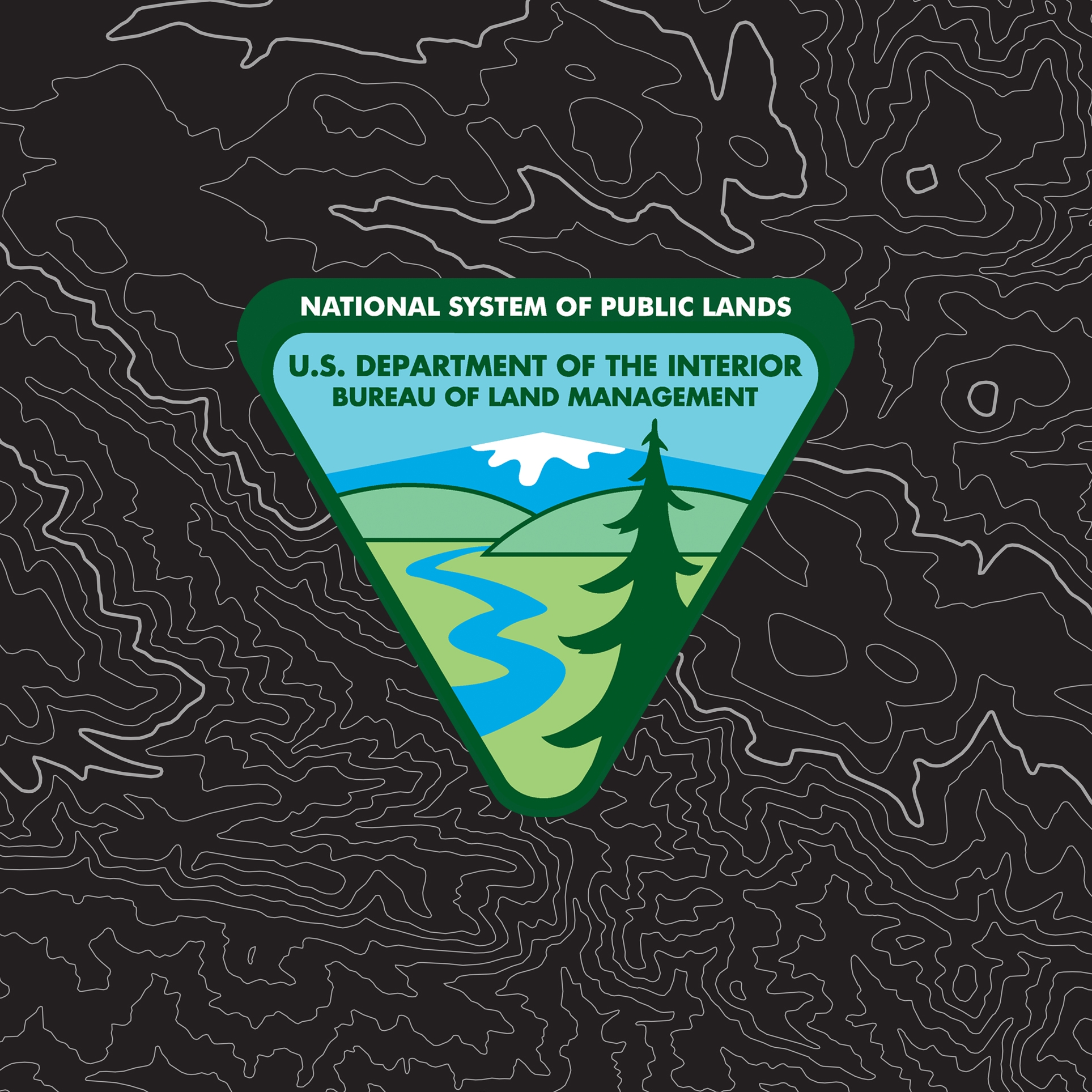
As part of the President’s Investing in America agenda, the Bureau of Land Management will invest $20 million from the Inflation Reduction Act to protect native vegetation and streams on public lands in Wyoming. This funding will be focused in two landscape areas called the LaBarge and Muddy Creek Restoration Landscape Areas.
This funding is part of the BLM’s announcement to invest $161 million in ecosystem restoration and resilience on the nation’s public lands. The work will focus on 21 “Restoration Landscapes” across 11 western states, restoring wildlife habitat and clean water on public lands and strengthening communities and local economies.
These investments follow the release of the Department’s restoration and resilience framework to leverage historic investments in climate and conservation to achieve landscape-level outcomes across the nation. The Department is implementing more than $2 billion in investments to restore our nation’s lands and waters, which in turn is helping to meet the conservation goals set through the America the Beautiful initiative.
“Restoration of the LaBarge and Muddy Creek landscapes is critical to sustaining native plant and wildlife communities, especially as visitation to Wyoming’s public lands continues to rise,” said BLM Wyoming State Director Andrew Archuleta. “Funding the Restoration Landscapes in Wyoming through the Inflation Reduction Act will help BLM build on our existing partnerships to sustain and improve the health and diversity of these public lands for current and future generations.”
Conservation success in the LaBarge Restoration Landscape Area rests on significant collaboration and cross fence-line partnership. Here, people are working together to manage for wildlife habitat and migration corridors and conserving and restoring priority habitat for the greater sage-grouse. BLM investment will reinforce these partnerships and work to remove invasive species, control erosion and protect water sources.
Muddy Creek, an important tributary of the Little Snake River, supports a rare community of native fish – Colorado River cutthroat, bluehead and flannelmouth suckers and roundtail chub. Flanked by important winter range and migratory corridors to the east, the landscape holds core sagebrush habitat. Restoration investments will include fuels reduction, riparian and wetland enhancement, fence conversion and erosion control, all aimed at restoring natural ecologic function in the headwaters of the Colorado River basin.
Efforts in these restoration landscapes will improve the health of public lands that are being significantly degraded by invasive species, unprecedented wildfire events, unregulated use, and climate change. With these investments, landscapes will be better able to provide clean water, habitat for fish and wildlife, opportunities for recreation, and will be more resilient to wildfire and drought.
Resilient public lands are critical to the BLM’s ability to manage for multiple use and sustained yield. Once-in-a-generation funding from the Inflation Reduction Act will be directed to landscapes where concentrated, strategic investment through partnership can make the most difference for communities and public resources under the BLM’s management.
President Biden’s Investing in America agenda is growing the American economy from the bottom up and middle out – from rebuilding our nation’s infrastructure, investing in nature-based solutions, and driving over $470 billion in private sector manufacturing and clean energy investments in the United States, to creating good paying jobs and building a clean energy economy that will combat climate change and make our communities more resilient. The funding announced today complements approximately $1 million of funding these areas have received from the Bipartisan Infrastructure Law.
Learn more about the BLM’s restoration landscapes at BLM’s StoryMap.
